Shoshana Mayden, co-sponsored by the University of Arizona Department of Geography and Regional Development and the Institute for the Study of Planet Earth
Climate variability and change has a great influence on the livelihoods of the people in the Desert Southwest, impacting areas such as agriculture, water supplies, tourism, energy production, and human health. Newspapers are a powerful and effective medium for reaching both everyday citizens and decision makers. However, while weather stories are frequently front-page news, the underlying climate dynamics are often absent or sometimes misrepresented— particularly in smaller newspapers that don’t have dedicated science or environmental reporters
My outreach project seeks to establish a climate education program for journalists, with the ultimate goal of better informing the public on these issues. The initial plans are for a series of short (1-1.5 days) workshops where journalists will partake in hands-on learning activities, real-time data demonstrations, question and answer sessions with scientists, and a trip to the “field” to see climate science in action. Although it will be challenging in a short workshop, I hope to develop a curriculum that will engage participants in scientific inquiry and processes, rather than presenting an overwhelming amount of facts. The journalists participating in the workshops will walk away with a stronger knowledge base regarding climate variability and change to draw from during breaking news stories, as well as new ideas about data (including NASA products) and expert sources that can inform their future work.
I am fortunate to be partnering with two mentors from existing outreach-related programs at the University of Arizona: Gregg Garfin, Program Manager of the Climate Assessment for the Southwest (CLIMAS) project, and Arizona Cooperative Extension Specialist Mike Crimmins. Both are currently involved in a joint effort to produce climate and drought information targeted to the general public in Arizona and New Mexico and are interested in developing a permanent media outreach program. They are aiding in workshop planning, as well as in the development and presentation of educational materials.
The plan for fall 2005 is to workout logistical details and to begin planning the workshop curriculum. The initial workshop, planned for February 2006 (final date TBD), will target Arizona print media with efforts to include journalists in under-served communities (Hispanic and American Indian). Subsequent workshops (planned for fall 2006 and spring 2007, contingent on funding) may grow to include journalists from other parts of the country. We have decided to focus primarily on climate change and I am completing graduate coursework on the climate system this semester that will aid in developing a module on the climate effects of global warming in Arizona. We have put together our initial workshop budget and solicited funds from Cooperative Extension and NOAA. I am also spending time investigating successful media outreach programs at other institutions and looking at the academic literature on how journalist perceive and portray climate change issues. This will be followed by an analysis of newspaper articles regarding climate change from the Southwest and an initial survey of invited participants.
Fall 2006 Update
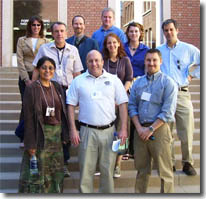 One goal of the project is to develop a curriculum that will engage participants in scientific inquiry and processes, rather than presenting an overwhelming amount of facts. To this end, I created a web module demonstrating how climate change may already be increasing winter minimum temperatures at several locations around the state that allows users to ask questions and explore climate data. This module was coupled with other hands-on activities at the workshop, including a visit to the UA Laboratory for Tree-Ring Research to see how the varying annual bands of trees hold clues to the climate of the past and an interactive presentation of the online vegetation-monitoring tool, Arizona RangeView.
One goal of the project is to develop a curriculum that will engage participants in scientific inquiry and processes, rather than presenting an overwhelming amount of facts. To this end, I created a web module demonstrating how climate change may already be increasing winter minimum temperatures at several locations around the state that allows users to ask questions and explore climate data. This module was coupled with other hands-on activities at the workshop, including a visit to the UA Laboratory for Tree-Ring Research to see how the varying annual bands of trees hold clues to the climate of the past and an interactive presentation of the online vegetation-monitoring tool, Arizona RangeView.
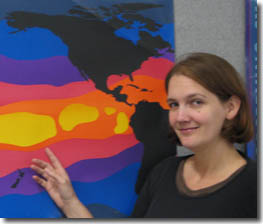 For 2006-2007, we are planning a second workshop to be held in northern Arizona and will possibly extend the outreach program to editors, publishers, and journalism students. As part of graduate seminar on climate change, I am working with other students to analyze the latest climate change projections and determine how they will influence the Southwest. The information from the class will fuel some of content for the next workshop and I will also be aiding in developing website content for the public based on the results. I am continuing to refine the web module developed in the first year of the project and am working with a professor at Pima Community College who plans to use it her biology/environment courses. My final goal for the project is to develop a website that will be a permanent resource for journalists writing about climate change issues.
For 2006-2007, we are planning a second workshop to be held in northern Arizona and will possibly extend the outreach program to editors, publishers, and journalism students. As part of graduate seminar on climate change, I am working with other students to analyze the latest climate change projections and determine how they will influence the Southwest. The information from the class will fuel some of content for the next workshop and I will also be aiding in developing website content for the public based on the results. I am continuing to refine the web module developed in the first year of the project and am working with a professor at Pima Community College who plans to use it her biology/environment courses. My final goal for the project is to develop a website that will be a permanent resource for journalists writing about climate change issues.



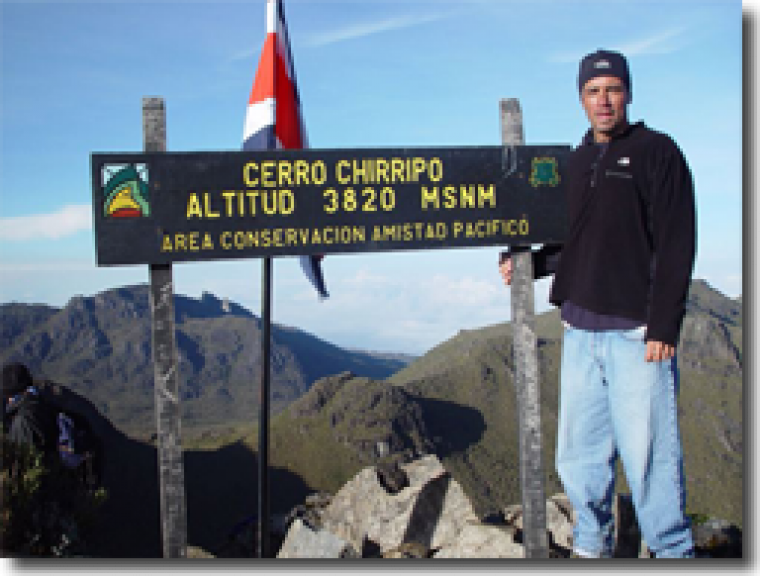
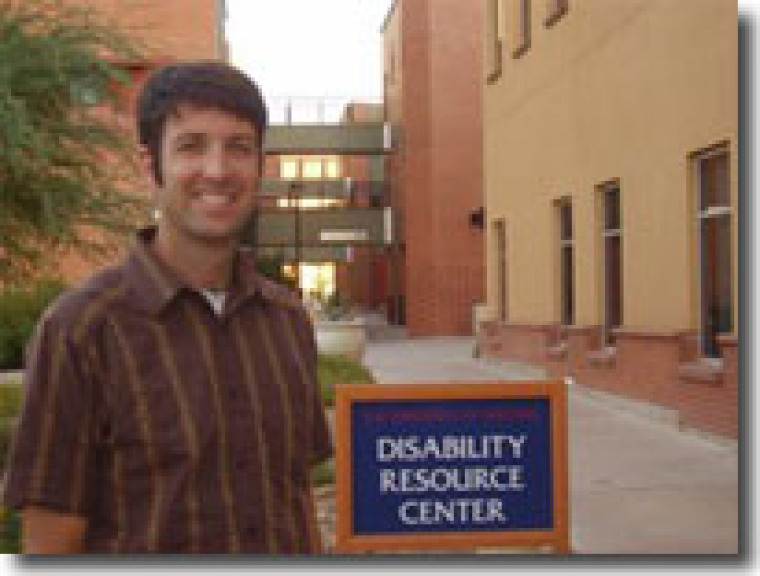
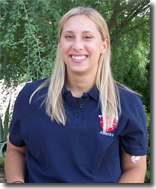
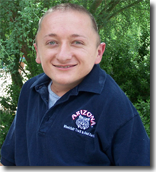 Jackie Cimino and Kyle Mutz joined the project during the Fall 2007 semester as Space Grant interns, supported by the Foundation Carinoso. Jackie is a psychology major in her third year at Arizona, and plays on the UA wheelchair tennis team. Kyle is working on his Masters in Rehabilitation Counseling, and recently returned from competing on the track in the Para-Pan American Games in Brazil. Kyle and Jackie worked on creating a final report for the project that was shared with the wider UA community, and built a web-accessible GIS interface for displaying the results of the map interviews.
Jackie Cimino and Kyle Mutz joined the project during the Fall 2007 semester as Space Grant interns, supported by the Foundation Carinoso. Jackie is a psychology major in her third year at Arizona, and plays on the UA wheelchair tennis team. Kyle is working on his Masters in Rehabilitation Counseling, and recently returned from competing on the track in the Para-Pan American Games in Brazil. Kyle and Jackie worked on creating a final report for the project that was shared with the wider UA community, and built a web-accessible GIS interface for displaying the results of the map interviews.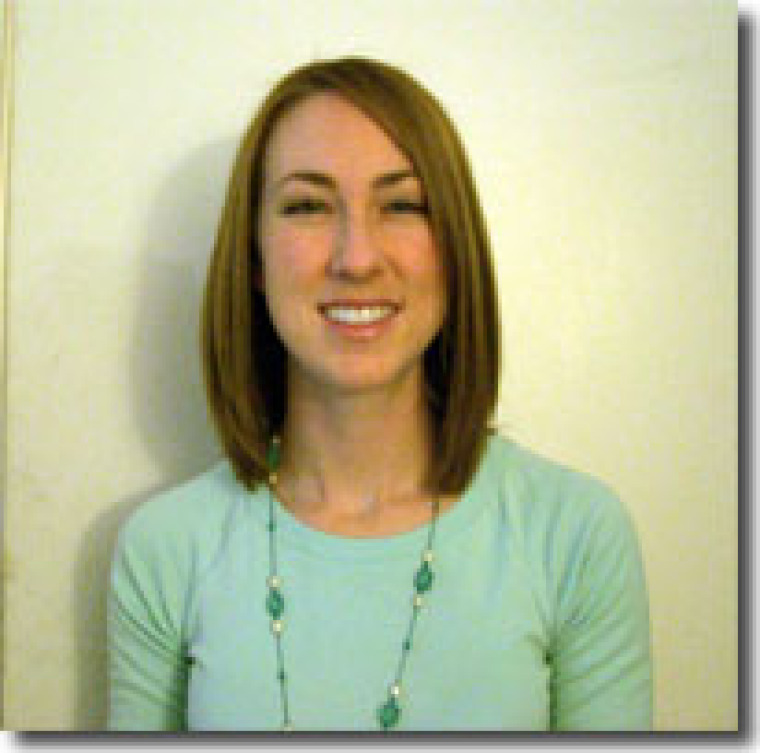
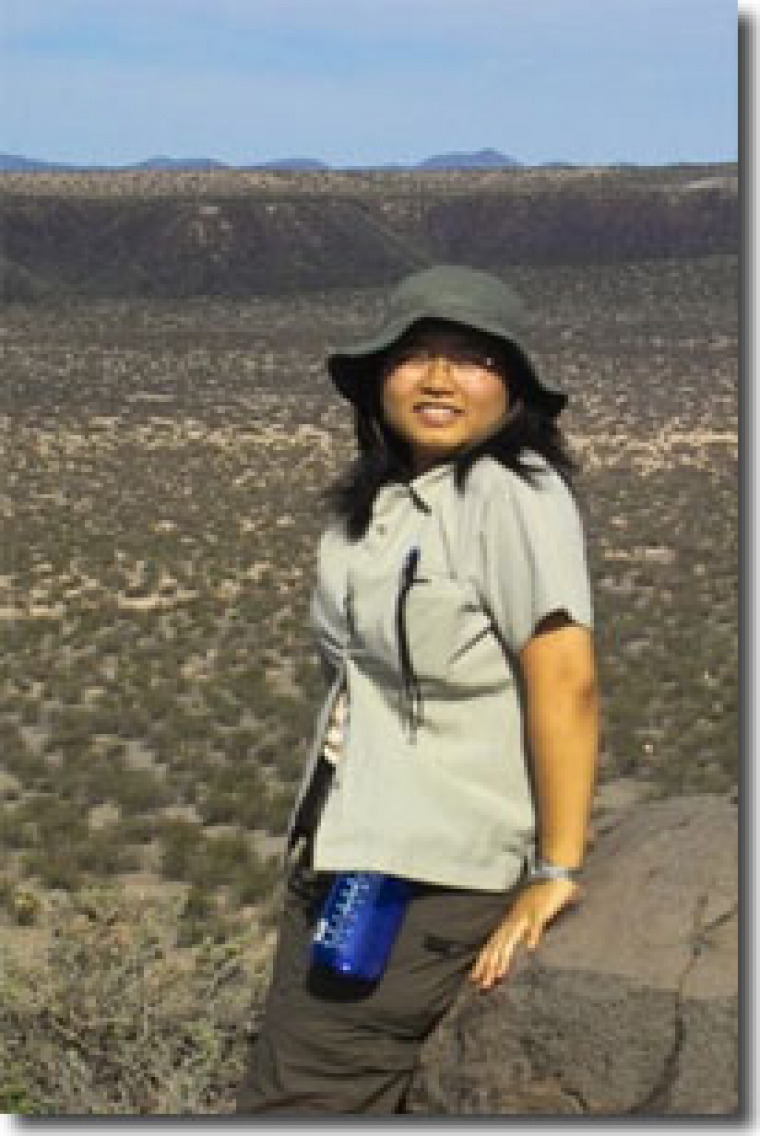
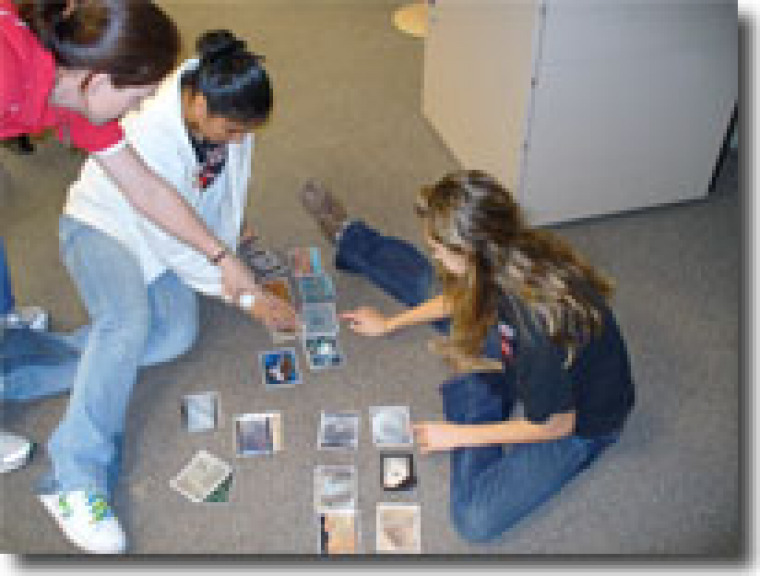
 One goal of the project is to develop a curriculum that will engage participants in scientific inquiry and processes, rather than presenting an overwhelming amount of facts. To this end, I created a web module demonstrating how climate change may already be increasing winter minimum temperatures at several locations around the state that allows users to ask questions and explore climate data. This module was coupled with other hands-on activities at the workshop, including a visit to the UA Laboratory for Tree-Ring Research to see how the varying annual bands of trees hold clues to the climate of the past and an interactive presentation of the online vegetation-monitoring tool, Arizona RangeView.
One goal of the project is to develop a curriculum that will engage participants in scientific inquiry and processes, rather than presenting an overwhelming amount of facts. To this end, I created a web module demonstrating how climate change may already be increasing winter minimum temperatures at several locations around the state that allows users to ask questions and explore climate data. This module was coupled with other hands-on activities at the workshop, including a visit to the UA Laboratory for Tree-Ring Research to see how the varying annual bands of trees hold clues to the climate of the past and an interactive presentation of the online vegetation-monitoring tool, Arizona RangeView. For 2006-2007, we are planning a second workshop to be held in northern Arizona and will possibly extend the outreach program to editors, publishers, and journalism students. As part of graduate seminar on climate change, I am working with other students to analyze the latest climate change projections and determine how they will influence the Southwest. The information from the class will fuel some of content for the next workshop and I will also be aiding in developing website content for the public based on the results. I am continuing to refine the web module developed in the first year of the project and am working with a professor at Pima Community College who plans to use it her biology/environment courses. My final goal for the project is to develop a website that will be a permanent resource for journalists writing about climate change issues.
For 2006-2007, we are planning a second workshop to be held in northern Arizona and will possibly extend the outreach program to editors, publishers, and journalism students. As part of graduate seminar on climate change, I am working with other students to analyze the latest climate change projections and determine how they will influence the Southwest. The information from the class will fuel some of content for the next workshop and I will also be aiding in developing website content for the public based on the results. I am continuing to refine the web module developed in the first year of the project and am working with a professor at Pima Community College who plans to use it her biology/environment courses. My final goal for the project is to develop a website that will be a permanent resource for journalists writing about climate change issues.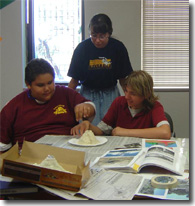 In this project, these lessons are taught to middle school students through the study of planetary surfaces; this is an area of study where detailed knowledge of complex processes is not necessary. On a daily basis, everyone deals with local topography and changes in that planetary surface, on many different scales. Thus, a basic understanding of how planetary surfaces form and are altered can be almost "intuitional", requiring only the ability to ask the right questions and to logically apply observations and knowledge.
In this project, these lessons are taught to middle school students through the study of planetary surfaces; this is an area of study where detailed knowledge of complex processes is not necessary. On a daily basis, everyone deals with local topography and changes in that planetary surface, on many different scales. Thus, a basic understanding of how planetary surfaces form and are altered can be almost "intuitional", requiring only the ability to ask the right questions and to logically apply observations and knowledge. I am developing curriculum materials that can be used with students in the 6th-8th grade. These lessons fulfil some of the state and national education requirements in math and science, and involve a mix of hands-on activities, lectures, and multimedia tools. In the Fall term, I am teaching classes through the afterschool program at Hohokam Middle School. In the Spring term, the curriculum materials and my classes will be refined and made available to other students and groups.
I am developing curriculum materials that can be used with students in the 6th-8th grade. These lessons fulfil some of the state and national education requirements in math and science, and involve a mix of hands-on activities, lectures, and multimedia tools. In the Fall term, I am teaching classes through the afterschool program at Hohokam Middle School. In the Spring term, the curriculum materials and my classes will be refined and made available to other students and groups.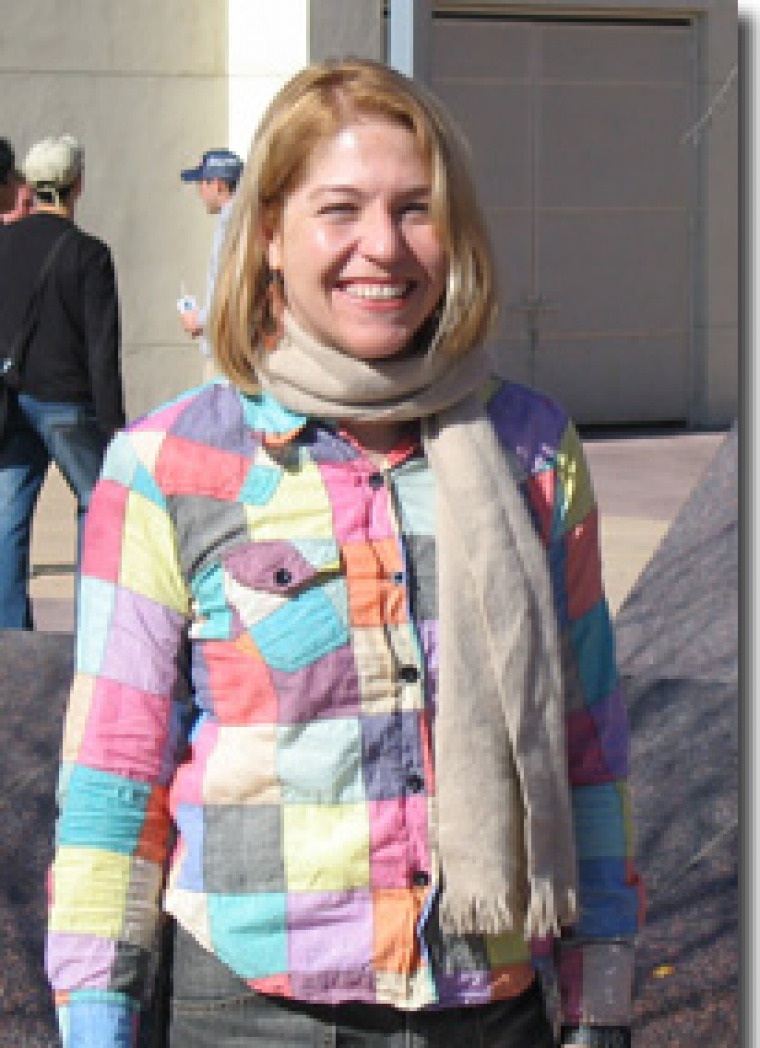
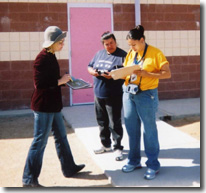 As a Space Grant Fellow, my educational outreach goal is to design and implement a program that will involve adult literacy students in hands-on science exercises in order to increase familiarity with fundamental scientific concepts, computers, and spatial technology. During the 2004-2005 academic year I am focusing on developing and refining this curriculum and on piloting it in one Family Literacy classroom. In the fall of 2004 I worked with Family Literacy instructors and administrators to design the pilot curriculum, and I met weekly with the Family Literacy students who will participate in this program, in order to tutor them in GED subjects and to greater familiarize myself with their interests and abilities. Starting in January 2005 I will pilot the program in twice weekly workshops. The program will last approximately 5-7 weeks and will introduce the students to basic concepts of science and spatial literacy, including reading maps, charts, and graphs, and analyzing and mapping data using computers. At the end of the program, the students, Family Literacy instructors, and I will evaluate the program for ‘lessons learned,’ and I hope to implement the project in four other Family Literacy sites next year and to create a reproducible curriculum that will be available to Family Literacy and other adult educators online.
As a Space Grant Fellow, my educational outreach goal is to design and implement a program that will involve adult literacy students in hands-on science exercises in order to increase familiarity with fundamental scientific concepts, computers, and spatial technology. During the 2004-2005 academic year I am focusing on developing and refining this curriculum and on piloting it in one Family Literacy classroom. In the fall of 2004 I worked with Family Literacy instructors and administrators to design the pilot curriculum, and I met weekly with the Family Literacy students who will participate in this program, in order to tutor them in GED subjects and to greater familiarize myself with their interests and abilities. Starting in January 2005 I will pilot the program in twice weekly workshops. The program will last approximately 5-7 weeks and will introduce the students to basic concepts of science and spatial literacy, including reading maps, charts, and graphs, and analyzing and mapping data using computers. At the end of the program, the students, Family Literacy instructors, and I will evaluate the program for ‘lessons learned,’ and I hope to implement the project in four other Family Literacy sites next year and to create a reproducible curriculum that will be available to Family Literacy and other adult educators online.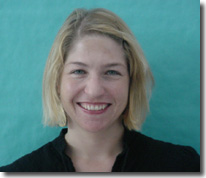 For the 2005-2006 academic year I have revised the curriculum based on feedback from students and Family Literacy administrators, and I will be running the workshops in four Family Literacy sites this academic year. Based on continued feedback, I will then create a reproducible curriculum that will be available to Family Literacy and other adult educators online.
For the 2005-2006 academic year I have revised the curriculum based on feedback from students and Family Literacy administrators, and I will be running the workshops in four Family Literacy sites this academic year. Based on continued feedback, I will then create a reproducible curriculum that will be available to Family Literacy and other adult educators online.